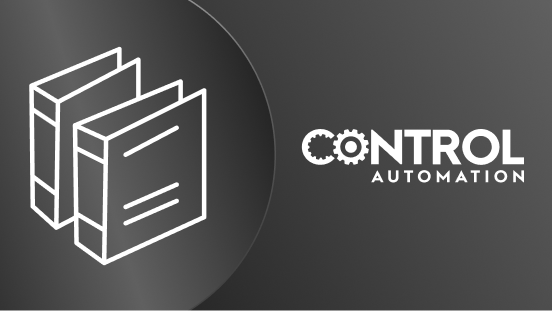
Current is the name we give to the motion of electric charges from a point of high potential to a point of low…
Textbook

A design-based fortification is one rooted in technical details of system architecture and functionality. Some…
Textbook

The vast majority of modern process transmitters (both analog and digital) come equipped with a feature known…
Textbook

Recall that an exothermic chemical reaction is one that releases a net sum of energy, as opposed to an…
Textbook

The following collection of photographs chronicles the complete disassembly of a Fisher E-body globe valve…
Textbook

Most people reading this book have likely had the experience of adjusting water temperature using two hand…
Textbook

Two extremely important principles in electric circuits were codified by Gustav Robert Kirchhoff in the year…
Textbook

The vast majority of PID controllers in service today are digital in nature. Microprocessors executing PID…
Textbook

A unique form of technical diagram for describing the abstract functions comprising a control system (e.g. PID…
Textbook

In November of 2007 a new computer virus was submitted to a virus scanning service. The purpose of this new…
Textbook

Non-dispersive analysis, while newer in discovery than dispersive analysis (Isaac Newton’s 17th-century…
Textbook

Any power grid large enough to meet the demand of an entire nation must have multiple generators drawing from…
Textbook

Stoichiometry is the accounting of atoms before and after a chemical reaction. It is an expression of the Law…
Textbook

The following animation shows a rotating phasor in three-dimensional form. The phasor rotates in a complex…
Textbook

Capacitive level instruments measure electrical capacitance of a conductive rod inserted vertically into a…
Textbook

Steam boilers are very common in industry, principally because steam power is so useful. Common uses for steam…
Textbook

There are many process control applications in the industry where it is desirable to have multiple control…
Textbook

An engineer named Bob Metcalfe conceived the idea of Ethernet in 1973, while working for the Xerox research…
Textbook

Data-processing modules within FF systems are known as function blocks. Sometimes these blocks serve merely to…
Textbook

A completely different way of measuring liquid level in vessels is to bounce a traveling wave off the surface…
Textbook
